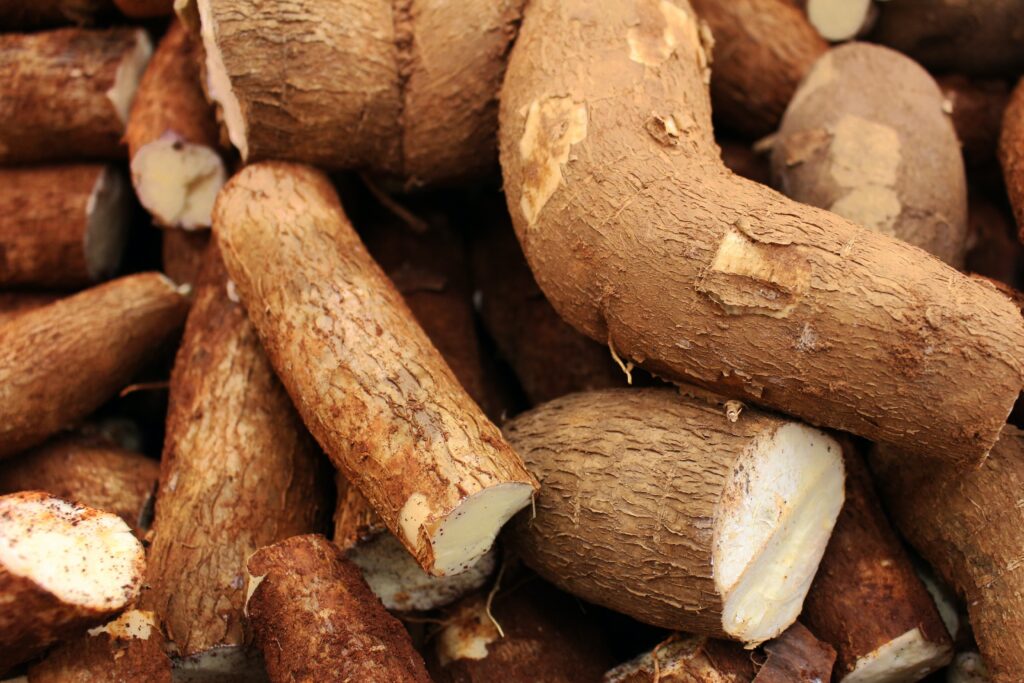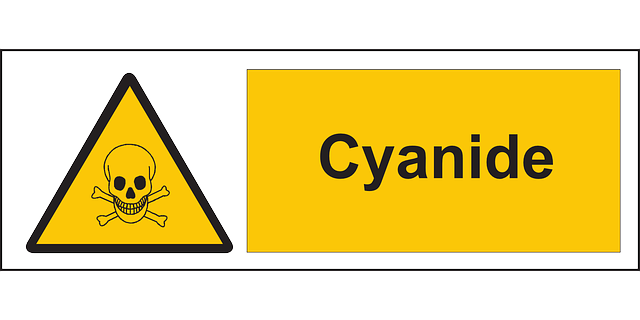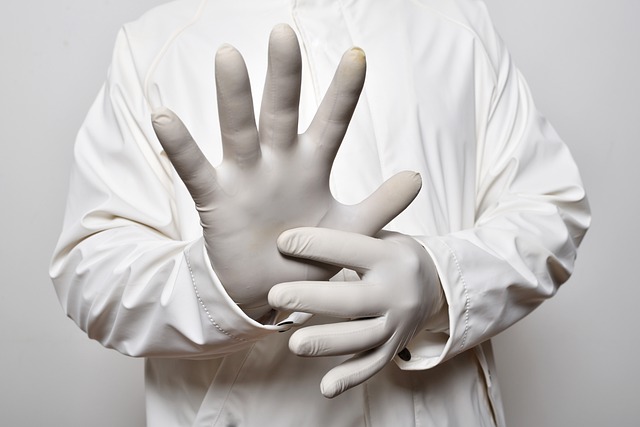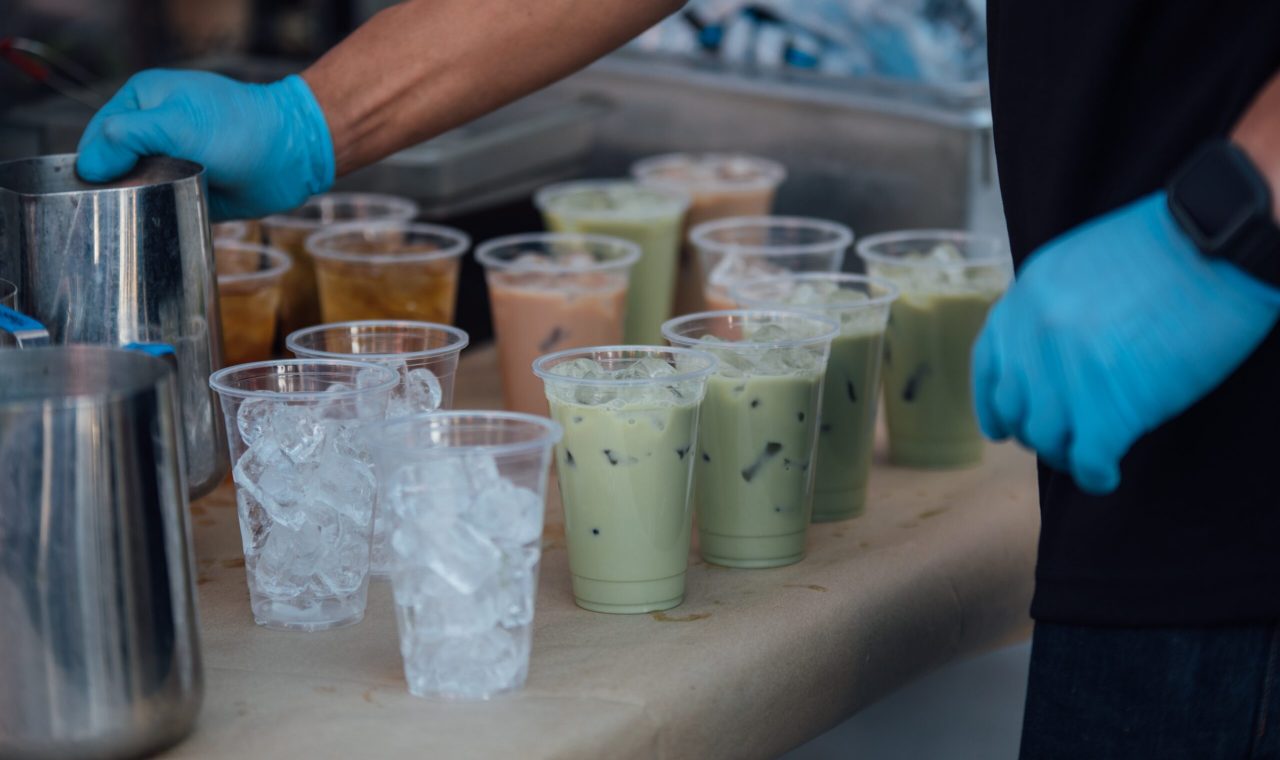Can you be allergic to bubble tea?
So, what is bubble tea? Bubble tea or boba milk tea (as it is also known) consists of a base of black or green tea with added flavorings and ingredients. The best-known ingredient of bubble tea are tapioca pearls, from which the drink gets its name. The tapioca pearls are served with the tea. There are many different bubble tea flavors, but there is one thing that all these drinks have in common: tapioca pearls!
That’s right – if you’re allergic to boba milk tea, it could be because of its most famous ingredient… tapioca pearls. People can be allergic to tapioca pearls because they are made from the tapioca plant, or because of an allergy to gluten. People who have celiac disease cannot eat anything that contains gluten – and that includes boba milk tea!
Allergies to tapioca pearls are rare, but they do exist. If you have an allergy to boba milk tea, it’s probably because of the lactose in the drink – not the famous ingredient. Still: if drinking boba starts to bother you , it’s a good idea to see your doctor or allergist.
You can avoid any risks by only avoiding milk in the bubble tea, and not the pearls themselves! Fortunately, there are many dairy-free boba teas you can try instead of regular ones.
How is tapioca made?
Tapioca is made by processing the cassava root. The tuberous roots of the cassava plant are peeled, ground into a pulp, and then pressed to extract the juice; the remaining wet mash is filtered through a bag of fine dust, which removes most of the starchy liquid (this is called “tapioca milk”).

The tapioca milk is then boiled, and a starch is added to the boiling mixture. The tapioca balls are formed by pouring this hot liquid into a container of cold water. Once solidified, they can be removed from their container and dried in wooden trays under the sun for several days before being packaged.
Allergy to tapioca
An allergy to tapioca is a rare form of allergy that affects only 0.01-0.04% of the total population in North America and Western Europe (source: MedicineNet). This is because tapioca comes from the cassava root, so it must be processed and handled with care by food producers because it can potentially contain microbes that cause illness when consumed.

Tapioca allergy symptoms
Symptoms of tapioca allergy may include:
- Headache
- Dizziness
- Breathing difficulties, shortness of breath
- Common cold symptoms
- Diarrhoea
- Nausea
- Vomiting
- Abdominal pains
Immediately consult a doctor with medical advice if you have any reason to think that you might be allergic to tapioca. While it is not very common, it is advised to rule out any possibility of an allergic reaction or contamination.
How does the allergy to tapioca (pearls) develop?
The allergy to tapioca pearls comes from the chemical components of starch, which can cause allergies.
The particles are not absorbed by the body and act as an irritant to the body; this makes you allergic to bubble tea or any product containing starch (bread, pasta). The symptoms caused may vary according to the pressure applied to the body.
When you consume a starchy product, it is important that your intestines are in good condition and that their peristaltic movements are not hindered by constipation or dysbiosis (imbalance of the gut microbiota). When these conditions are met, the particles come into contact with the mucous membranes of your small intestine, where they are broken down to be absorbed.
If the small intestine is damaged, these particles are not broken down and your blood will contain large amounts of undigested starch. Your immune cells recognize this substance as foreign to your body because it was never digested or absorbed before reaching that point in your gastrointestinal tract; they attack it against the intestinal wall where abnormal concentrations occur, thus causing an allergic reaction.
Allergic reactions to tapioca pearls are usually associated with latex allergies, so if you have had a latex allergy in the past, you should keep that in mind when consuming bubble tea or other products that may contain rubber.
Detoxifying tapioca starch because of cyanide
Poisoning is extremely rare, but if you have a tapioca allergy or intolerance it may be due to this. The tapioca starch should be detoxified before you consume it because of the amount of cyanide. Cyanide is a toxic substance that can cause a range of symptoms, including dizziness and nausea.

It is important to remember that cyanide poisoning from tapioca products is extremely rare. So it is not something you need to worry about if you are allergic or intolerant to tapioca starch. That said, there have been some reports indicating that it can cause allergic reactions in some people.
To date, there are no known side effects of cyanide poisoning associated with the consumption of bubble tea with pearls, so they can be safely drunk and inform your doctor of your personal history with latex allergies.
Bubble tea allergy due to grass jelly
Another allergen associated with bubble tea is grass jelly, which is made from a plant called “coix seed.” Coix seed contains chemicals known to trigger allergies and asthma symptoms in some people.

Bubble tea and allergy to latex
An allergy to latex is not the same as an allergy to tapioca beads. Latex allergies are characterized by skin rashes, stuffy nose and breathing difficulties when you come into contact with products containing latex; they can be severe if not treated properly. The risk of developing a latex allergy is greater among healthcare workers who have frequent contact with gloves containing rubber.
To our knowledge, no allergic reaction to latex has been reported from eating tapioca pearls. However, some people may have a mild allergy or intolerance that goes unrecognized by consumers and thus goes unnoticed.


